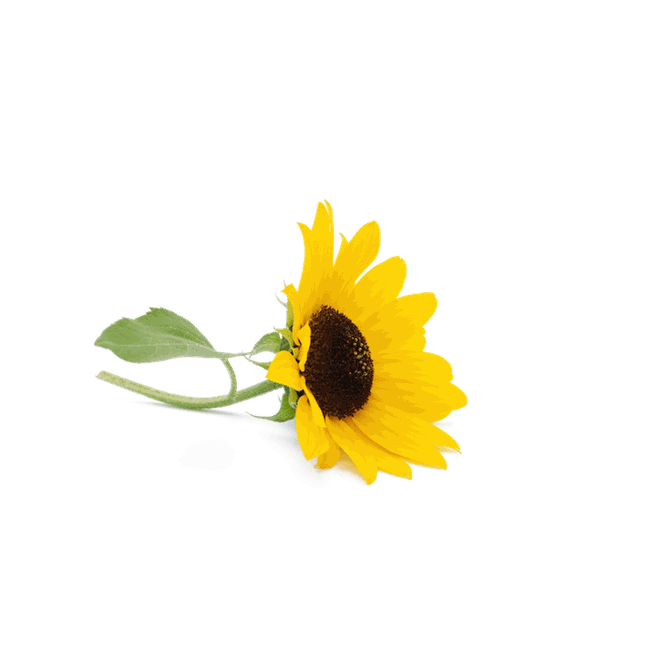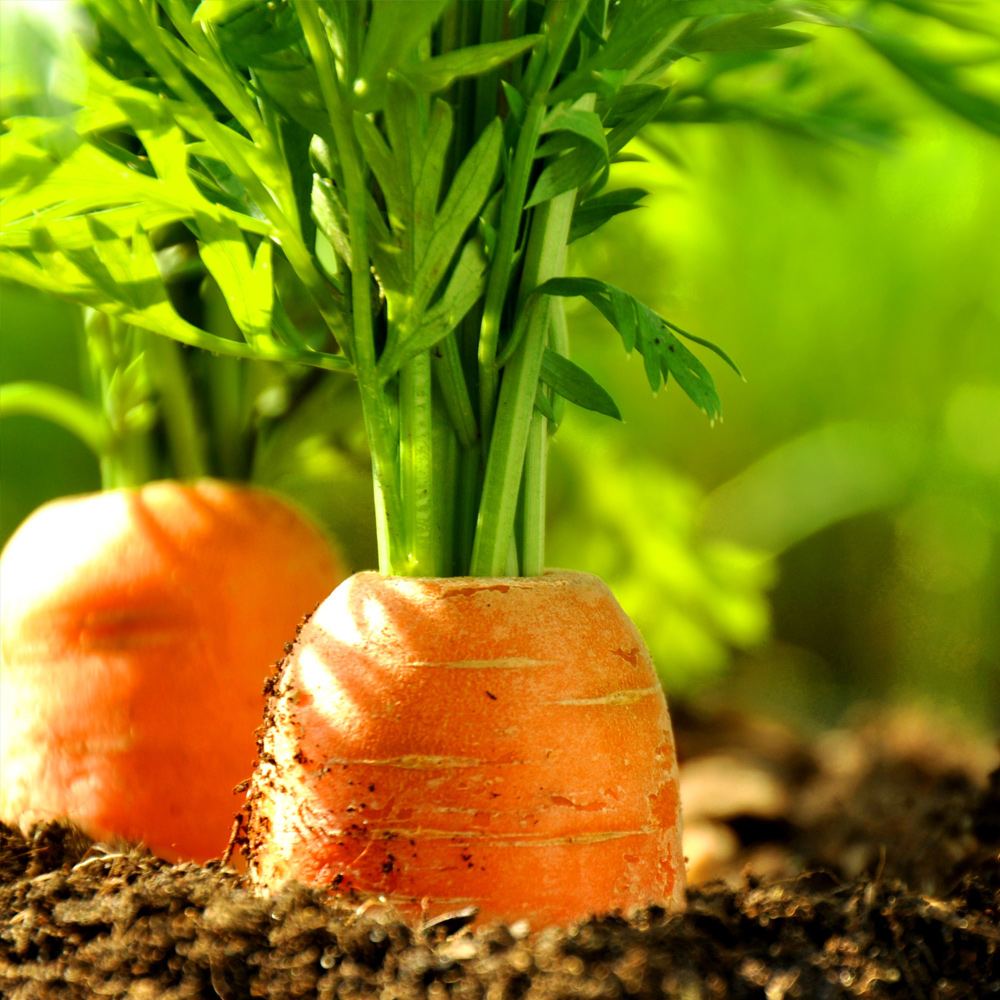Balcony & Patio
Carrots are orange, long and pointed ,at least this is what we usually find in supermarkets. However, there is a wide variety of different colours and shapes: purple, yellow, bright red or white carrots, hooped in red and white, round or broad. You can try out many of these extravagant varieties on your balcony.
Ordinary long carrots need plenty of soil and space to grow. So, make sure the balcony pot is quite deep and space the seeds 10 cm apart. With other types, such as the round-growing variety 'Pariser Markt', the depth of the tub is not as critical for the success of the harvest.
Small-growing, round carrots are ideal for those who do not have the space for large pots. If the root vegetable is then placed in full sun and the substrate remains evenly moist, there is nothing to get in the way of a rich harvest of carrots.
If you sow ordinary carrots, plan a tub of at least 20 cm in diameter or choose a deep box for sowing in rows. Use a peat-free, special planting soil for this.
Ways to use
Carrots can be eaten raw as well as cooked. They are suitable for salads as well as in soups, stews and as a side dish. They are extremely healthy and should be on the menu every day. The darker the carrot, the more beta carotene (provitamin A) the root vegetable contains. Keep in mind that the vitamin is fat-soluble. This means that you should always add some vegetable oil to the stew, salad etc., so that the body is also able to absorb the healthy food.
Location & Care
Carrots prefer a sunny location that is not too hot. They have normal water requirements but waterlogging should be avoided. The substrate must be kept evenly moist and the soil must not be allowed to dry out, otherwise the carrots burst.
Carrot seeds can be sown directly into a pot outdoors from mid-March onwards. They can only grow on a windowsill if the pot is sufficiently large as young carrots do not tolerate pricking out.
The seeds take longer to germinate than other types of vegetables. You should allow three weeks before you can see the first seed leaves. Once the carrots are slightly larger and part of the root starts to show, they can be covered with soil as necessary.
Fertilise carrots once with Organic Multipurpose Plant Food immediately after planting the seeds.
Early varieties can be harvested as early as June, otherwise harvesting can continue right into October. After harvesting, remove the greens from the carrot. This means the vegetables stay fresher longer in the fridge.




